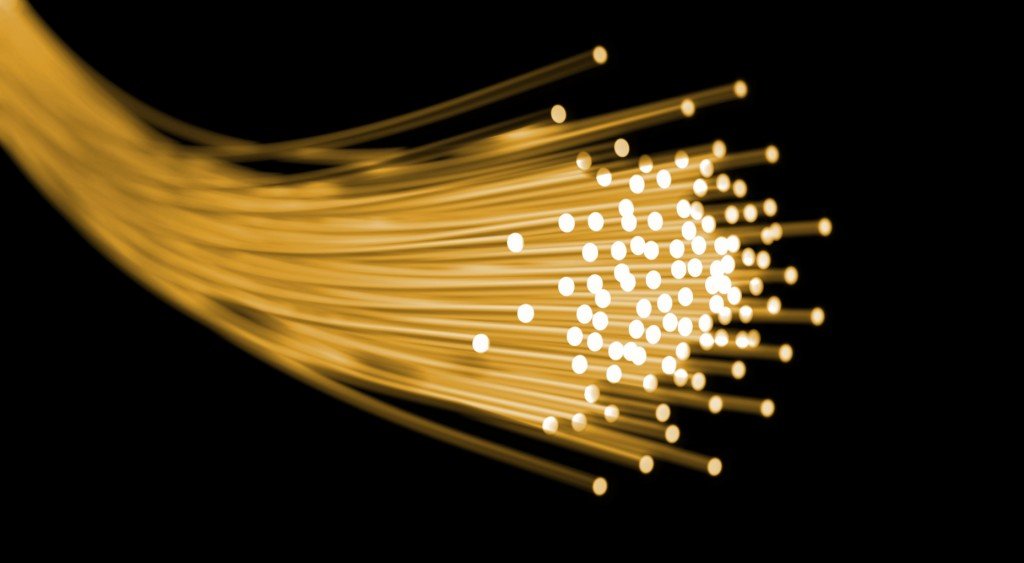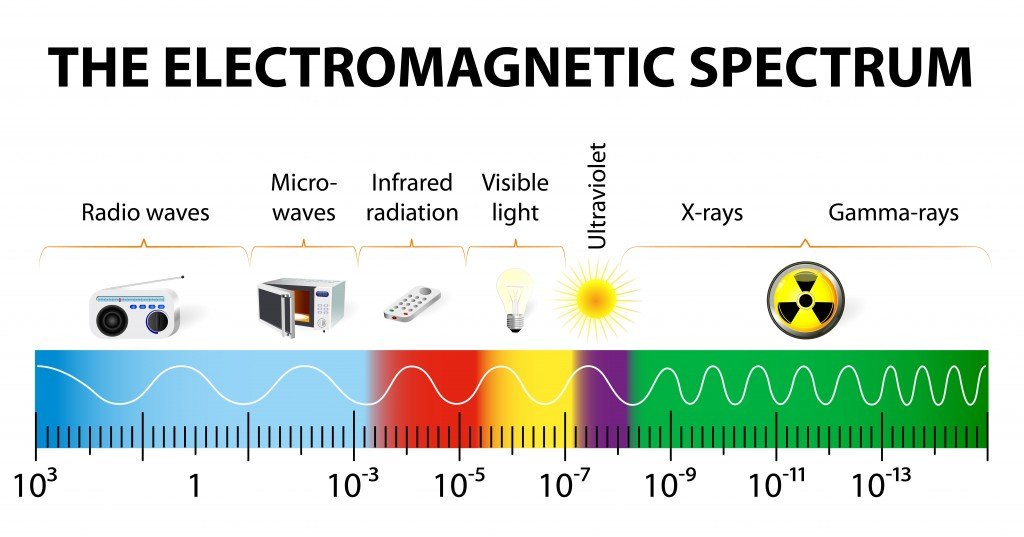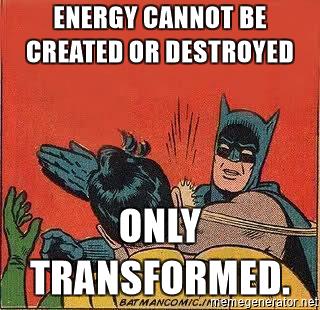Table of Contents (click to expand)
When a bulb is turned on, it emits photons that scatter in every direction of a room and hit every object that is present inside it. These objects absorb a majority of the photons striking them, but also reflect a small fraction, which helps us actually see stuff inside the room. When the bulb is switched off, no new photons are emitted and those that are already present inside the room get reflected off objects countless times until they’re all absorbed completely.
If you paid attention in your science class when the teacher explained the basics of optics, you likely know that light is made up of millions of extremely tiny (as in, “invisible-to-the-naked-eye” tiny) particles known as photons. These are the fundamental particles that carry all kinds of electromagnetic radiation, including radio waves, UV rays, microwaves, and of course, visible light.

When you enter a room and switch on a lamp, the room is instantly flooded with light. More specifically, the room is filled with millions upon billions of photons, which help us see what is inside the room. However, when you turn off the lamp, where does the light really go? What happens to those billions of photons present inside the room? Do they die off or cease to exist?
Before we answer that, let’s do a quick recap of a few basic concepts.
Photons: Elementary Particles That Carry Light
You might already know that visible light is a type of electromagnetic radiation and a small component of the electromagnetic spectrum – the same group that contains radio waves, infrared rays, UV rays, gamma rays etc.

A photon is the most fundamental particle of any type of electromagnetic radiation, be it radio waves that carry WiFi signals, microwaves that heat up food inside an oven, or visible light that helps us see the world around us. With a rest mass of zero, a photon moves at a mind-boggling speed of almost 300,000 kilometers per second in a vacuum (note that the speed of photons represents the speed of light).
Also Read: What Is Light? Matter Or Energy?
How Do Photons Illuminate Things?
A light source (say, a lamp) kept inside a room emits millions of photons that scramble in all directions after the lamp is switched on. Since the lamp is kept in a room (i.e., an enclosed space), the photons that it emits will hit everything that comes in their path, thus illuminating everything kept inside the room.
Here’s a cool video of how a packet of photons light up a small, enclosed space.
Believe it or not, the camera has actually captured light in motion!
The above video is a TED video by Ramesh Raskar – an MIT professor and researcher who talked about femto photography – a state-of-the-art imaging technique that captures one trillion frames per second and is therefore able to capture moving light!
Also Read: Where Do The Photons Produced By A Source Of Light Come From?
Where Do Photons Go When A Light Source Is Turned Off?
As long as the lamp is glowing, the room will have a constant supply of photons. Out of the countless photons that strike an object (say, a table) kept inside the room, some will get absorbed, while others will get reflected and lose a certain amount of energy in the process. These reflected photons will strike something else in the room, and lose a bit more energy. Basically, a photon keeps bouncing off objects until it’s completely absorbed by something.

In this way, the room stays illuminated as long as the lamp glows. However, the moment it’s turned off, things change quite rapidly.
The photons – those that were emitted before the lamp was turned off – continue bouncing off objects until they’re completely absorbed by stuff inside the room. In a fraction of a millisecond, all the photons are completely absorbed within the room.
If the lamp were glowing, the rapid absorption of these photons wouldn’t make any difference, since the lamp would constantly keep pouring fresh photons into the room. However, now that it’s turned off, with no fresh supply of photons, the photons (emitted when the lamp was on) are eliminated as they get absorbed by objects in the room. The energy of these absorbed photons is used in heating up objects by a negligibly small amount, because as we know…

All of this, i.e., the emission of photons by the lamp, their reflection and absorption by other objects, happens in around one-millionth of a second, which is insanely fast for us ordinary humans to perceive or even conceptualize. That’s why a room plunges into darkness the moment its lights are turned off.
Interestingly, turning off a lamp in outer space wouldn’t be the same as in a room on Earth, because unlike in a normal room, the photons emitted in outer space would go on and on in the vast vacuum of space without actually hitting anything for a very long time!
How well do you understand the article above!

